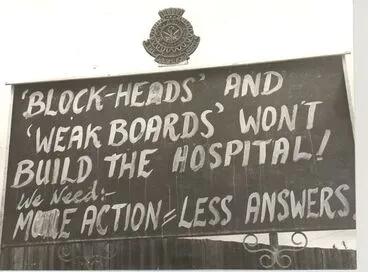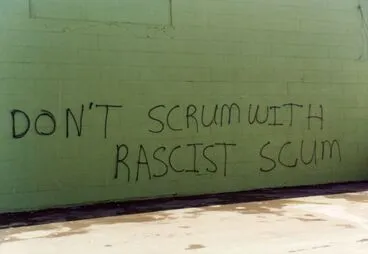Telling a story with less words
A DigitalNZ Story by Kowhai Reader
In today's world of people being time poor and/or wanting instant gratification, even our language is evolving to compensate. From texting to emoji's, here are some of the ways we now tells our stories and communicate with each other.
Text language, social media, cartoons, emoji, slogans, graffiti, forms of writing
Text language and messaging through social media is a constantly evolving form of communication.
Text language
Manatū Taonga, the Ministry for Culture and Heritage
Predictive Maori texting 'should be available to all'
Radio New Zealand
Cartoons are another way to make a statement, tell a story or comment on current affairs in a snapshot.
'Seismic' language change
Radio New Zealand
Cartoons are another way to quickly get a message across, make a comment on current affairs or tell a story.
Jonah [Lomu], too big a man to fit into one cartoon'
Alexander Turnbull Library
New Zealand Cartoons
DigitalNZ
Suffrage cartoons: cleaning up politics
Manatū Taonga, the Ministry for Culture and Heritage
THE 1927 SLOGAN (NZ Truth, 30 December 1926)
National Library of New Zealand
Slogans can be created to show support, pride or encourage a certain type of behaviour. I love that "Buy NZ Made" was a thing as far back as 1927.
Road safety; seat-belt slogan competition; joint winning entries held by Janelle Foster.
Upper Hutt City Library
BeckerFraserPhotos May 2012 photograph 001
UC QuakeStudies
From bill boards to headlines, these forms of communication have often taken on a life of their own and become familiar popular culture.
Bumper sticker, Pay parity
NZEI Te Riu Roa (New Zealand Educational Institute)
Graffiti is also a form of communication, whether it supports an agenda or simply marks a territory.
Billboard protest, re Horo. Hospital, 1969
Kete Horowhenua
Springbok Tour - graffiti
Palmerston North City Library




